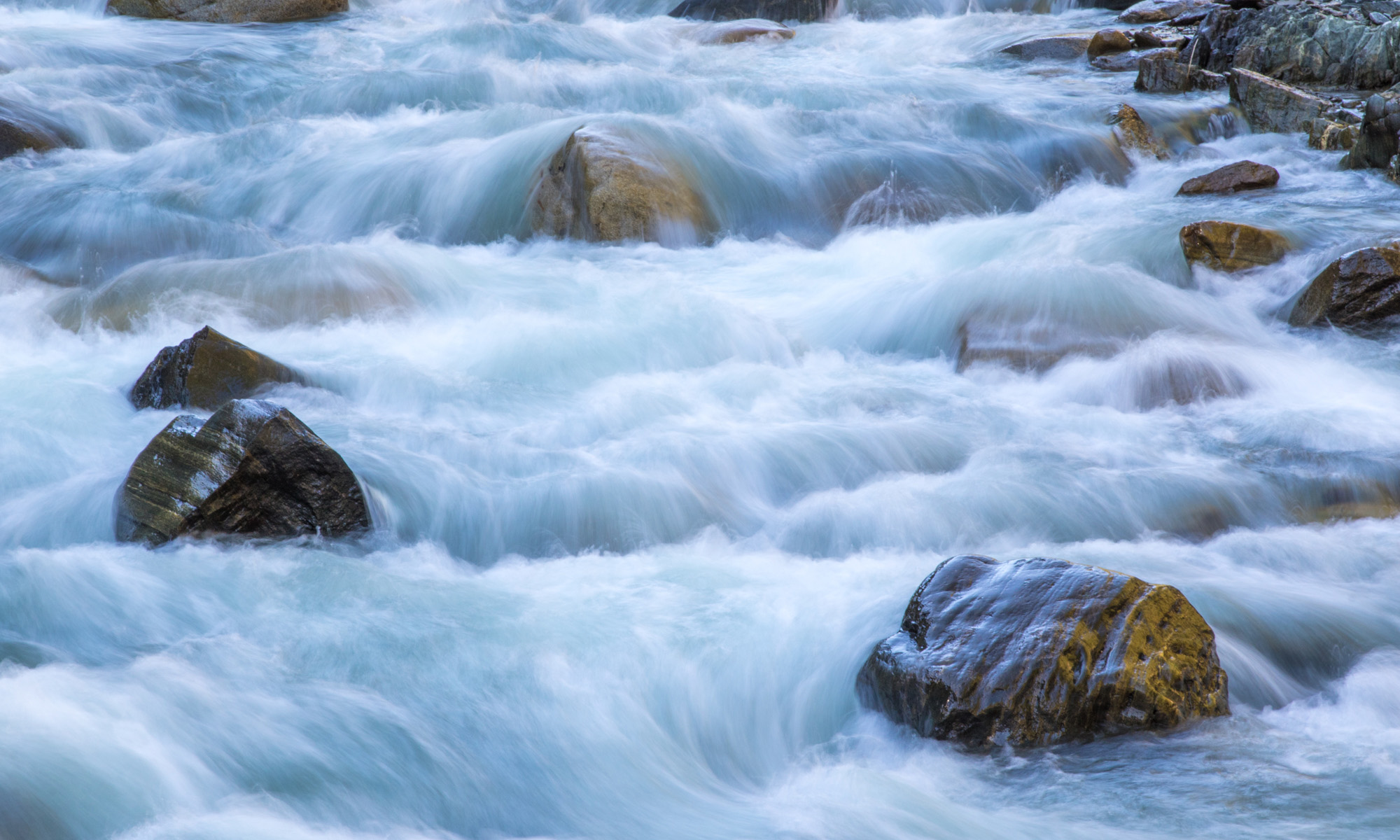Today’s Question: Your answer about color temperature got me thinking about the settings on my camera. The manual says that Daylight has a temperature of 5200, and Shade has a temperature of 7000. But isn’t that backwards? Does the warmer light really have a cooler temperature?
Tim’s Quick Answer: The temperature settings on your camera aren’t backwards. The Kelvin scale is basically the opposite of the “psychological” values of warm and cool that we use to describe the color of light. So the “Shade” setting compensates for a Kelvin temperature of 7000, which is relatively blue. The result is an image that is shifted toward yellow, so that the image appears less blue.
More Detail: As photographers when we talk about warm lighting (or color) for a photo, we are referring to colors in the range of red, orange, and yellow. When we talk about cool lighting (or color) we are talking about colors such as cyan and blue. But this is actually the opposite of the Kelvin color temperature scale.
On the Kelvin scale, the colors we describe as “warm” have a lower temperature, and the colors we describe as “cool” have a higher temperature. That is because the Kelvin scale relates to science, not to the psychological attributes we have assigned to colors.
The Kelvin scale is based on the concept of a theoretical black body radiator. This refers to the color of light an object will give off as it is heated up. Initially that object will glow red, but as it gets hotter and hotter it will transition through yellow, and then on to blue.
On your digital camera, the white balance presets refer to the color of light they are compensating for. The illumination provided by sunlight in a shady area appears rather blue, which has a moderately high Kelvin value (at least in the contest of visible light). To compensate for light with a color appearance around 7000 Kelvin, you need to shift the color toward yellow.
This issue can also be a little confusing in software applications such as Lightroom Classic. When you adjust the Temp slider to a higher temperature value, the color in the image does indeed “warm up”. But that is because you are compensating for a light source that is more blue, with a higher Kelvin temperature. So, the color in the image is actually getting shifted to a lower Kelvin temperature, but we would describe the image as having a warmer appearance.
I realize all of this can be a bit confusing, and perhaps a bit technical. But I do think it can be helpful to understand the basis of the numbers we’re using to optimize the appearance of our photos, both at the time of capture and in post-processing.

